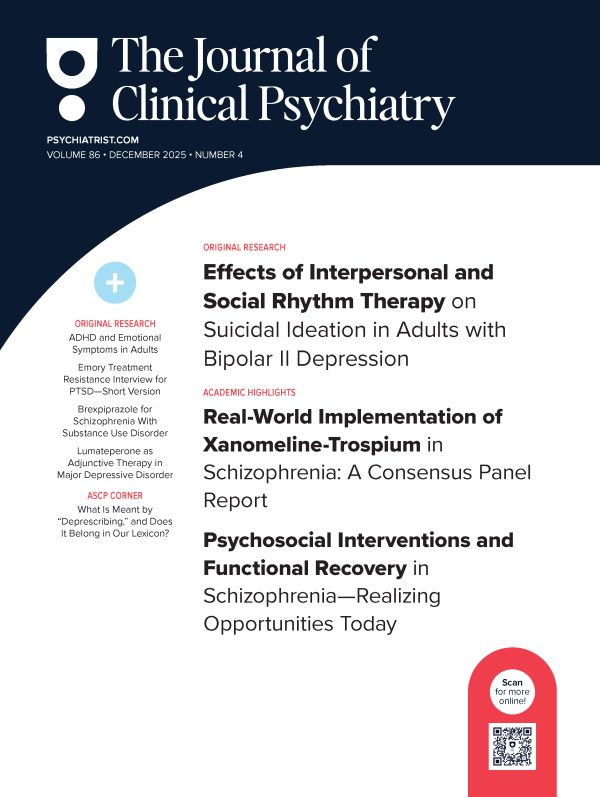
Introduction
When Thomas Insel announced last year that he was stepping down from his position as director of the National Institute of Mental Health to join Google Life Sciences, some surprise was expressed by my colleagues. Typically, their thinking was that individuals in his position would (should?) return to academia or perhaps work at a pharmaceutical firm developing new therapeutics. As someone familiar with both psychiatry and the technology field, I thought Dr Insel’s decision was quite rational given the increasing overlap between both fields and that his move reflected this new paradigm.
Psychiatry, when compared to other medical specialties, has traditionally been less reliant on technology for diagnosis and treatment. This is no longer the case. In recent years, there has been an explosion of activity in the academic and private sectors to create tools to better assess the constellation(s) of symptoms experienced by patients in real time, as well as a myriad of programs for treatment of many clinical conditions. As these technologies are being developed for use by the mental health community, a parallel dynamic is being created by the impact of technology use by society, with potentially profound implications for psychiatry.
Three offerings in this issue’s Social Media and Mental Health special section discuss the broad area of technology as it applies to the mental health field. They represent some of the best thinking and research related to topics as diverse as best practices for clinical data security, the future of mental health data collection and treatment through the use of mobile “apps” for smartphones, and the science of Internet addiction.
Elhai and Frueh very nicely summarize the issues surrounding data security and provide concrete recommendations for best practices regarding safe storage of sensitive patient data. This is a particularly important consideration for many mental health providers, who often are solo practitioners and lack extensive training in the area of data storage and security.
While Elhai and Frueh focus on the present clinical environment, Sandstrom et al focus on the future of mental health care in their discussion of mobile device applications. Their online commentary summarizes a broad literature in the computer science field that has linked electronically collected data with clinically relevant activities such as movement and symptoms such as mood. The authors’ cautiously optimistic tone strikes the right balance between highlighting the opportunities that such technologies have to provide robust metrics that can be used in the diagnosis and monitoring of symptoms and also pointing out the challenges implicit in developing tools that are scientifically sound while ensuring that such tools are trusted by patients to help them and still protect their privacy.
Finally, Osborne et al discuss new findings in the cognitive psychology realm that have direct application to the burgeoning field of Internet addiction. Building on findings of animal and human studies in the addiction literature, they sought to test whether humans exhibited similar (in this case, color) preferences for Web sites that they use frequently when in withdrawal. Their findings suggest notable similarities between subjects’ responses and those in previous work.
Taken together, these pieces provide a cautious yet hopeful picture of psychiatry in the coming decades, one in which engagement with technology can be significantly more positive than negative for our field.
J Clin Psychiatry 2016;77(2):261
dx.doi.org/10.4088/JCP.16f10668
© Copyright 2016 Physicians Postgraduate Press, Inc.


